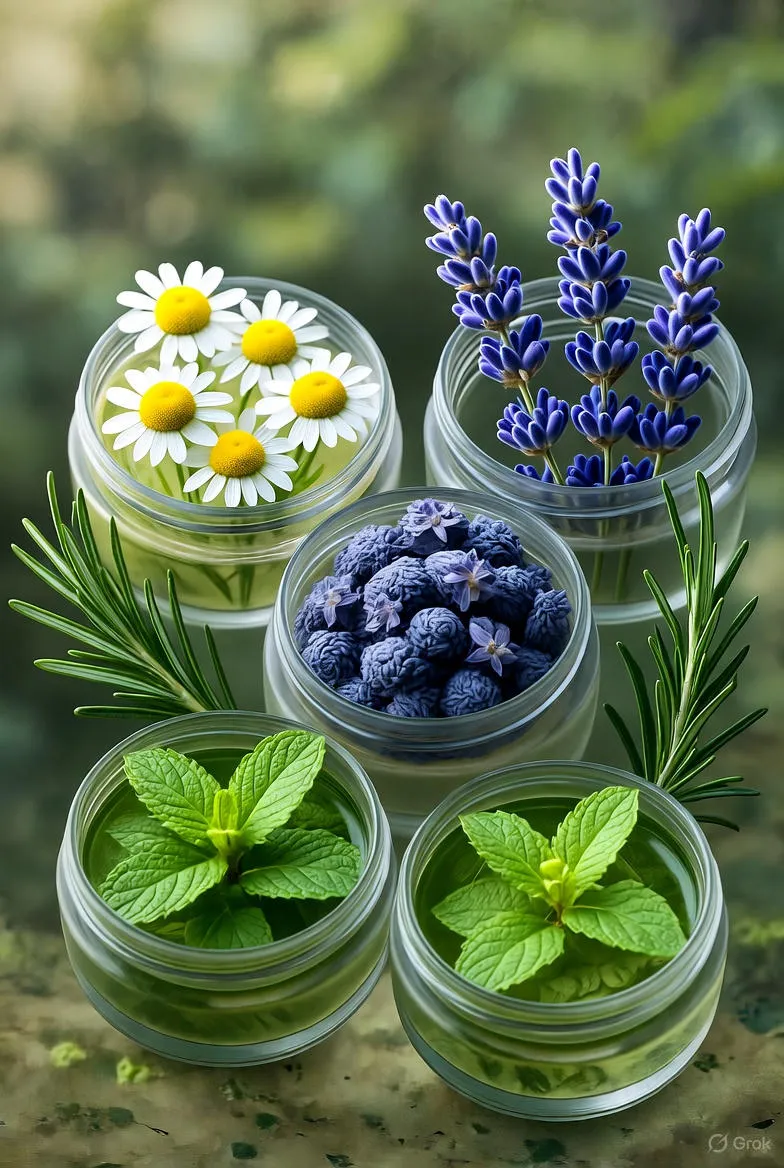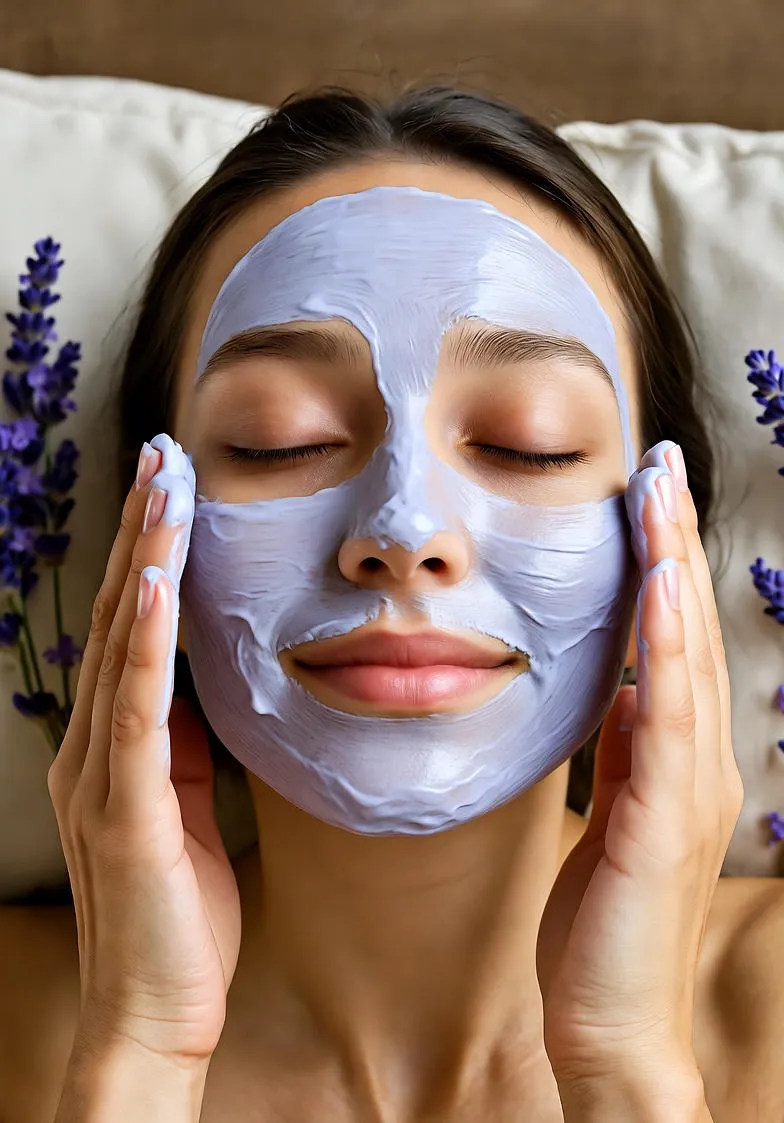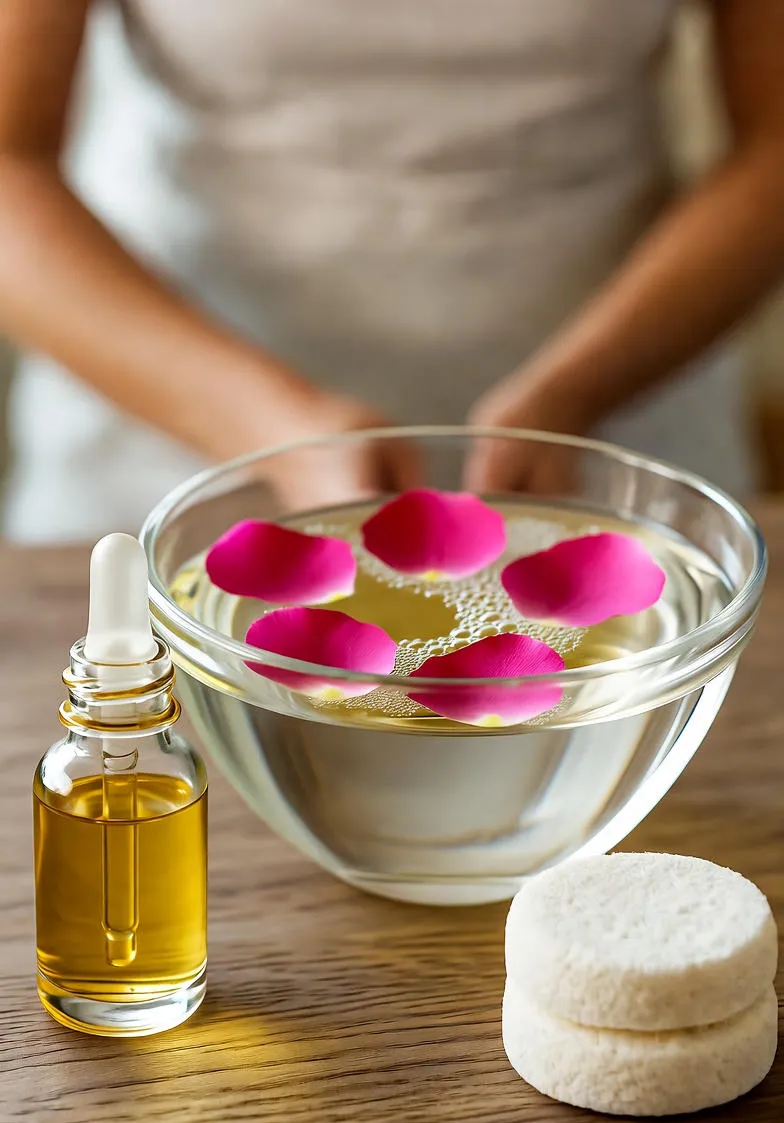How to Spot Hidden Gluten in Your Cosmetics: A Comprehensive Guide
Discover how to identify hidden gluten in cosmetics and skincare products. Learn key ingredients to avoid, certification tips, and safe alternatives for gluten-sensitive beauty routines.

Understanding the Hidden Dangers of Gluten in Beauty Products
In today's fast-paced world of beauty and self-care, consumers are increasingly aware of dietary restrictions and allergies. For those with celiac disease or gluten sensitivity, avoiding gluten isn't just about food—it's a daily vigilance that extends to personal care items like cosmetics. Surprisingly, gluten can sneak into your favorite lipstick, foundation, or shampoo through seemingly innocuous ingredients. This guide dives deep into the world of gluten in cosmetics, empowering you with the knowledge to make informed choices for healthier skin and overall well-being.
What Exactly is Gluten and Why Does It Matter in Cosmetics?
Gluten is a protein found in wheat, barley, rye, and sometimes oats due to cross-contamination. It's the sticky component that gives dough its elasticity, but in the context of cosmetics, it's used as a thickener, stabilizer, or emollient in formulations. For individuals with celiac disease, even trace amounts of gluten can trigger an autoimmune response, leading to digestive issues, skin rashes, or more severe reactions. While ingestion is the primary concern, topical exposure through broken skin or mucous membranes can also cause problems, such as contact dermatitis or exacerbated eczema.
The beauty industry, valued at over $500 billion globally, often sources ingredients from plant derivatives, including those containing gluten. Wheat germ oil, for instance, is prized for its vitamin E content and used in moisturizers and hair serums. Hydrolyzed wheat protein appears in shampoos for its conditioning properties. These aren't always obvious, which is why decoding labels is crucial. According to the Celiac Disease Foundation, up to 1 in 100 people worldwide have celiac disease, making this topic relevant to a growing audience seeking safe, inclusive products.
The Science Behind Topical Gluten Absorption
Research from dermatological studies, including those published in the Journal of the American Academy of Dermatology, suggests that the skin acts as a semi-permeable barrier. Intact skin blocks most large molecules like gluten proteins, but factors such as shaving, exfoliation, or inflammation can enhance absorption. For sensitive individuals, this means that a gluten-containing face cream applied post-facial could lead to unintended exposure. Understanding this barrier function helps explain why some report 'gluten face'—a term for facial bloating or irritation linked to topical gluten.
Common Gluten-Containing Ingredients to Watch Out For
Spotting gluten requires familiarity with ingredient lists, which can resemble a chemistry textbook. Here are some of the most prevalent culprits derived from gluten sources:
- Triticum vulgare (wheat) germ oil: Extracted from wheat kernels, it's a common addition to lip balms and eye creams for its nourishing qualities.
- Hordeum vulgare (barley) extract: Used in anti-aging serums for its antioxidant properties, but a red flag for gluten avoiders.
- Secale cereale (rye) seed extract: Found in scalp treatments and conditioners to promote hair growth.
- Hydrolyzed wheat protein: A staple in hair care products for strengthening strands, often listed innocuously as 'wheat protein'.
- Avena sativa (oat) kernel extract: While oats are naturally gluten-free, cross-contamination is common; check for certified gluten-free versions.
- Malt extract: Derived from barley, it's used as a humectant in lotions and masks.
These ingredients might be listed in the INCI (International Nomenclature of Cosmetic Ingredients) format on packaging. Remember, 'fragrance' or 'natural flavors' can sometimes mask gluten derivatives, though regulations in the EU and US require more transparency.
Decoding Ingredient Labels: A Step-by-Step Approach
Start by scanning for the words 'wheat', 'barley', 'rye', or 'malt'. Look for Latin names like those above. If you're unsure, cross-reference with apps like Think Dirty or EWG's Skin Deep database, which rate products for allergens. In the EU, cosmetics must declare 26 common allergens, but gluten isn't always included—highlighting the need for proactive checking.
How to Identify Gluten-Free Cosmetics Effectively
Identifying safe products goes beyond labels. Here's a practical toolkit:
- Seek Certifications: Look for the 'Gluten-Free' seal from organizations like the Gluten Intolerance Group (GIG) or Certified Gluten-Free. These ensure less than 10 ppm of gluten.
- Use Digital Resources: Websites like GlutenFreeWatchdog.org review cosmetics, while apps like Fig or Is It Gluten Free? scan barcodes in real-time.
- Contact Brands Directly: Many companies, including Burt's Bees and The Body Shop, provide gluten-free lists on their sites. Email customer service for specifics.
- Read Reviews from Sensitive Users: Forums on Reddit's r/Celiac or beauty blogs often share real experiences with product reactions.
For those shopping online, filter by 'gluten-free' on sites like Sephora or Ulta. In-store, ask associates trained in allergen awareness—major retailers like CVS now offer guidance sections.
The Role of Regulatory Bodies in Transparency
The FDA in the US classifies cosmetics differently from food, not requiring gluten labeling unless it's a drug-like claim. However, voluntary standards are rising. In contrast, Canada's Health Canada mandates allergen disclosure for topicals. As consumer demand grows, expect more standardized labeling by 2026, per industry forecasts.
Potential Risks and Symptoms of Gluten Exposure from Cosmetics
Beyond digestive woes, topical gluten can manifest as itchy rashes, hives, or folliculitis— inflammation around hair follicles. A study in Contact Dermatitis journal linked wheat protein in shampoos to scalp dermatitis in gluten-sensitive patients. Long-term, repeated exposure might contribute to chronic skin conditions, underscoring the importance of prevention.
Symptoms vary: some experience immediate redness, others delayed bloating. If you suspect a reaction, patch-test new products on your inner arm for 48 hours. Consult a dermatologist or allergist for patch testing specific to gluten proteins.
Embracing Gluten-Free Alternatives: Top Tips and Recommendations
Switching to gluten-free cosmetics doesn't mean sacrificing quality. Here's how to build a safe routine:
- Cleanse Gently: Opt for brands like Acure or Pacifica, which certify their entire lines as gluten-free.
- Moisturize Mindfully: Ingredients like shea butter or jojoba oil are naturally gluten-free and effective.
- Color Cosmetics Caution: Lipsticks often contain wheat-derived waxes; try RMS Beauty or Ilia for clean, certified options.
- Hair Care Hacks: Use rice protein instead of wheat in conditioners from brands like John Masters Organics.
DIY enthusiasts can whip up simple masks using coconut oil and essential oils, avoiding any grain-based thickeners. Stocking a dedicated 'safe' kit reduces cross-contamination risks at home.
Building a Sustainable, Allergen-Free Beauty Routine
Sustainability intersects with safety—choose brands with eco-friendly packaging and ethical sourcing. Companies like Attitude and Sukin offer affordable, gluten-free lines that align with green living. Track your routine in a journal to note what works, adjusting as formulations change.
Navigating Challenges and Future Trends
Challenges include inconsistent labeling and the sheer volume of products—over 100,000 cosmetics hit shelves annually. Yet, trends are promising: the gluten-free beauty market is projected to grow 7% yearly through 2030, driven by inclusivity demands.
Innovations like biotech-derived proteins (e.g., pea or soy alternatives) are replacing gluten sources. Blockchain traceability apps will soon verify supply chains, per beauty tech reports. Stay ahead by following influencers like @GlutenFreeGuru on social media for updates.
Conclusion: Empower Your Beauty Choices
Identifying gluten in cosmetics is about reclaiming control over your health and confidence. By mastering ingredient savvy, leveraging tools, and choosing certified products, you can enjoy beauty rituals without worry. Remember, your skin deserves products as pure as your intentions. Start small—audit one category today—and build from there. For personalized advice, connect with communities dedicated to allergen-free living. Your journey to radiant, reaction-free skin begins with awareness.


